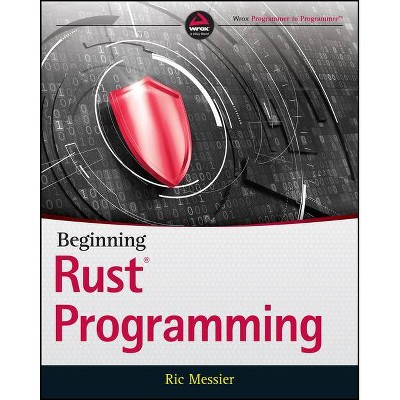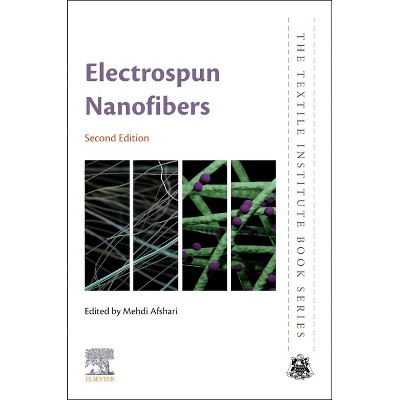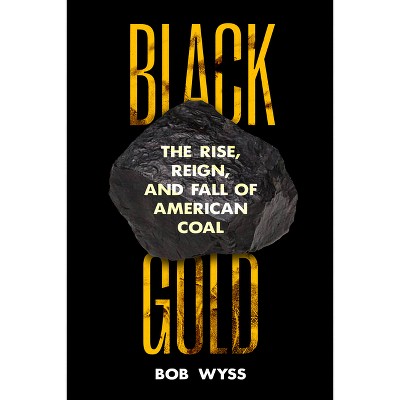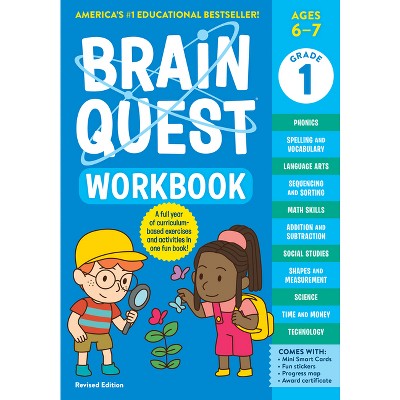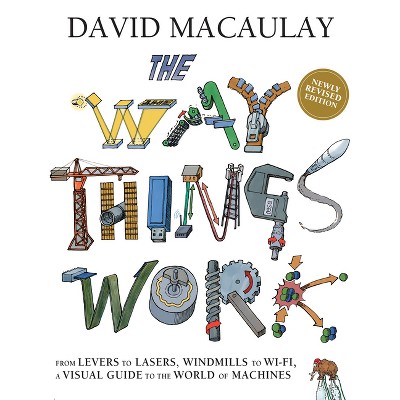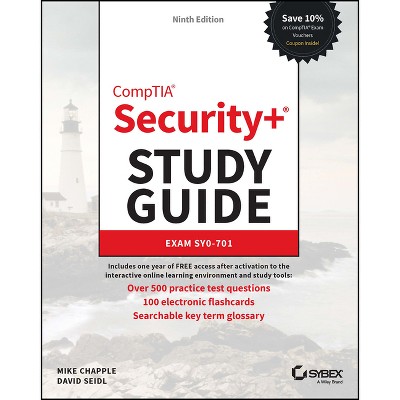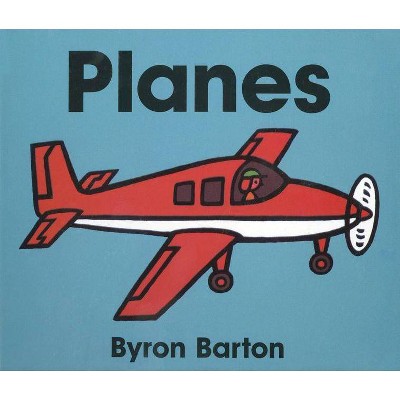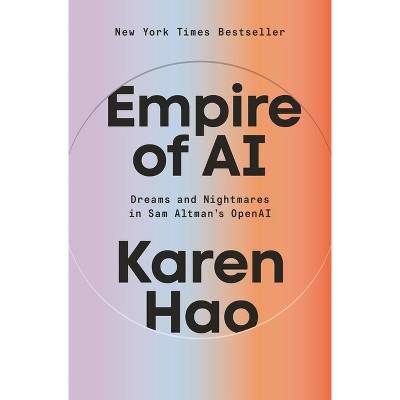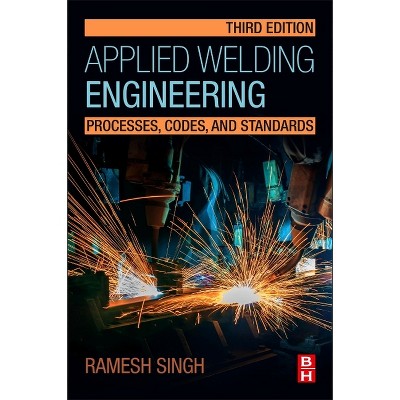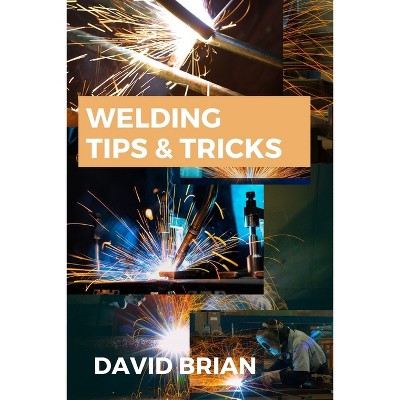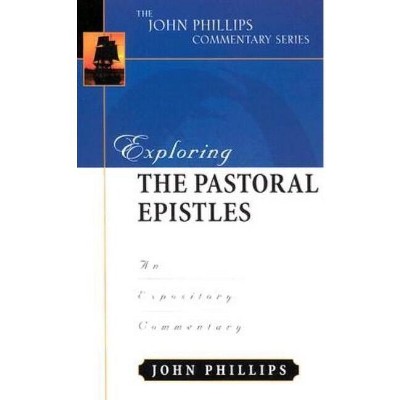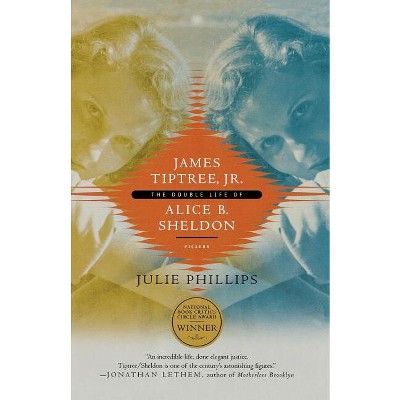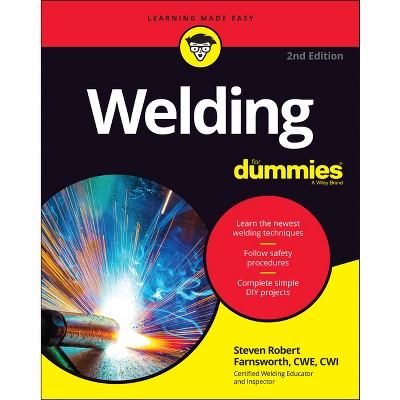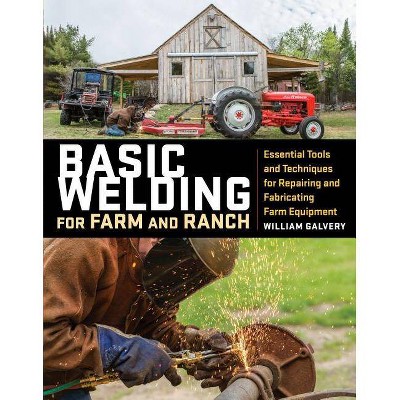Sponsored

Welding Engineering - 2nd Edition by David H Phillips (Hardcover)
In Stock
Sponsored
About this item
Highlights
- WELDING ENGINEERING The new edition of the popular welding engineering textbook includes brand-new topics, assignments, and review questions Welding Engineering: An Introduction provides a clear and accessible overview of the concepts, tools, materials, and methods of modern welding and joining technology.
- About the Author: David H. Phillips is a Professor of Practice in the Welding Engineering program at The Ohio State University, USA.
- 304 Pages
- Technology, Welding
Description
About the Book
"The Welding Engineering program at The Ohio State University is well known for its long history of graduating students who serve critical roles in industry. This textbook was written for use in an undergraduate course in Welding Engineering that I have taught at Ohio State for the past 12 years. The course serves as an introduction to the Welding Engineering curriculum at Ohio State, and is intended to prepare sophomore students for more in depth Welding Engineering courses in welding processes, metallurgy, design, and NDE, which are required courses they take during their junior and senior years. Much of what is included in this book comes from my class lectures. Since both the course and this book represent An Introduction to all the important topics associated with the field of Welding Engineering, the coverage of each of the topics is intended to be relatively brief and concise"--Book Synopsis
WELDING ENGINEERINGThe new edition of the popular welding engineering textbook includes brand-new topics, assignments, and review questions
Welding Engineering: An Introduction provides a clear and accessible overview of the concepts, tools, materials, and methods of modern welding and joining technology. With emphasis on fundamental engineering principles, this comprehensive textbook offers easy-to-understand coverage of a wide range of key topics in welding engineering, from the basics of arc welding processes to welding metallurgy, design, and safety. Concise chapters offer numerous figures, tables, images, and recommended readings to promote reader comprehension of the material.
Now in its second edition, the text contains fully revised content throughout, including entirely new sections on additive manufacturing and computational modeling of welds. Updated and expanded chapters address modern arc welding power supply technology, resistance, solid-state, and high energy density welding processes, weld inspection methods, codes and standards, welding of high strength steels, and more. This edition features simple yet effective end-of-chapter assignments that enhance students' learning and assist instructors in developing assessment questions for their course.
The second edition of Welding Engineering
- Provides up-to-date coverage of rapidly growing techniques and technologies within the field
- Features new assignments and true/false questions at the end of each chapter
- Explains the essential concepts and principles necessary for more in-depth courses in welding, metallurgy, and design
- Covers all the major welding processes used in manufacturing and fabrication
Welding Engineering: An Introduction, Second Edition is an excellent textbook for undergraduate and graduate welding engineering courses taught within four-year engineering degree programs, and a valuable guide for engineers and professionals in the manufacturing industry who need to learn fundamental welding engineering concepts for their job roles.
From the Back Cover
The new edition of the popular welding engineering textbook includes brand-new topics, assignments, and review questions
Welding Engineering: An Introduction provides a clear and accessible overview of the concepts, tools, materials, and methods of modern welding and joining technology. With emphasis on fundamental engineering principles, this comprehensive textbook offers easy-to-understand coverage of a wide range of key topics in welding engineering, from the basics of arc welding processes to welding metallurgy, design, and safety. Concise chapters offer numerous figures, tables, images, and recommended readings to promote reader comprehension of the material.
Now in its second edition, the text contains fully revised content throughout, including entirely new sections on additive manufacturing and computational modeling of welds. Updated and expanded chapters address modern arc welding power supply technology, resistance, solid-state, and high energy density welding processes, weld inspection methods, codes and standards, welding of high strength steels, and more. This edition features simple yet effective end-of-chapter assignments that enhance students' learning and assist instructors in developing assessment questions for their course.
The second edition of Welding Engineering
- Provides up-to-date coverage of rapidly growing techniques and technologies within the field
- Features new assignments and true/false questions at the end of each chapter
- Explains the essential concepts and principles necessary for more in-depth courses in welding, metallurgy, and design
- Covers all the major welding processes used in manufacturing and fabrication
Welding Engineering: An Introduction, Second Edition is an excellent textbook for undergraduate and graduate welding engineering courses taught within four-year engineering degree programs, and a valuable guide for engineers and professionals in the manufacturing industry who need to learn fundamental welding engineering concepts for their job roles.
About the Author
David H. Phillips is a Professor of Practice in the Welding Engineering program at The Ohio State University, USA. Dr. Phillips earned his PhD in Welding Engineering and, alongside the prior edition of this book, has co-authored the textbook Resistance Spot Welding: Fundamentals and Applications for the Automotive Industry. He is a licensed Professional Engineer (PE) in Welding Engineering, an International Welding Engineer (IWE), and a Certified Welding Inspector (CWI) with more than 20 years' experience in the field. Dr. Phillips is a recipient of both the Adams Memorial and the MacQuigg teaching excellence awards.
